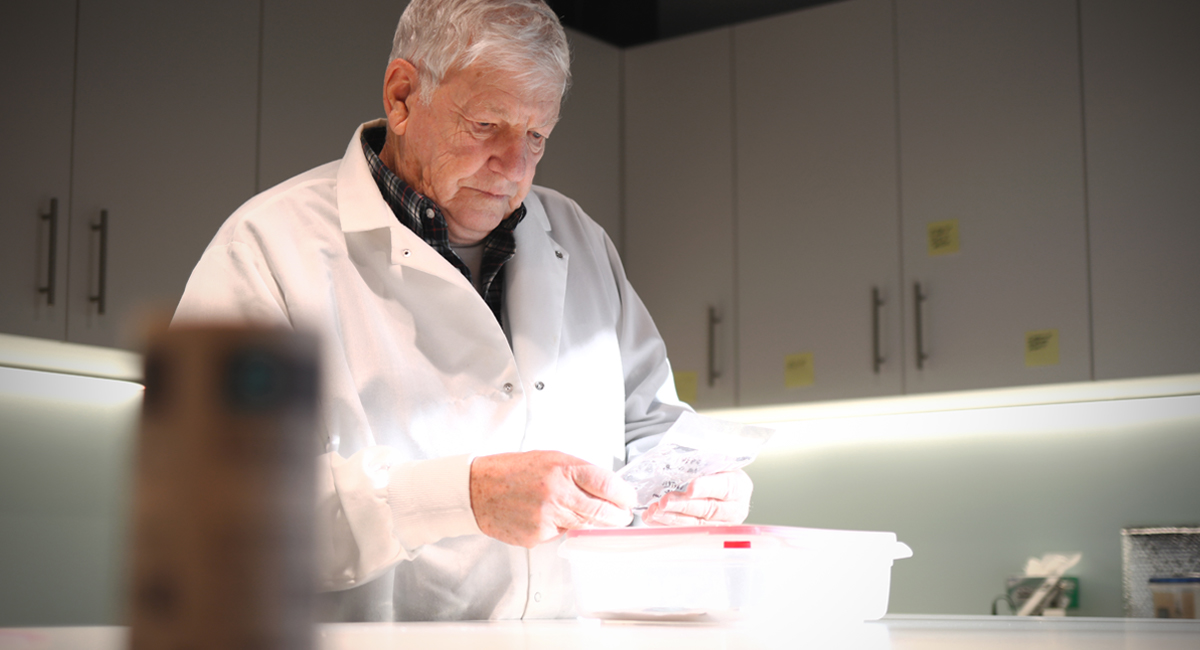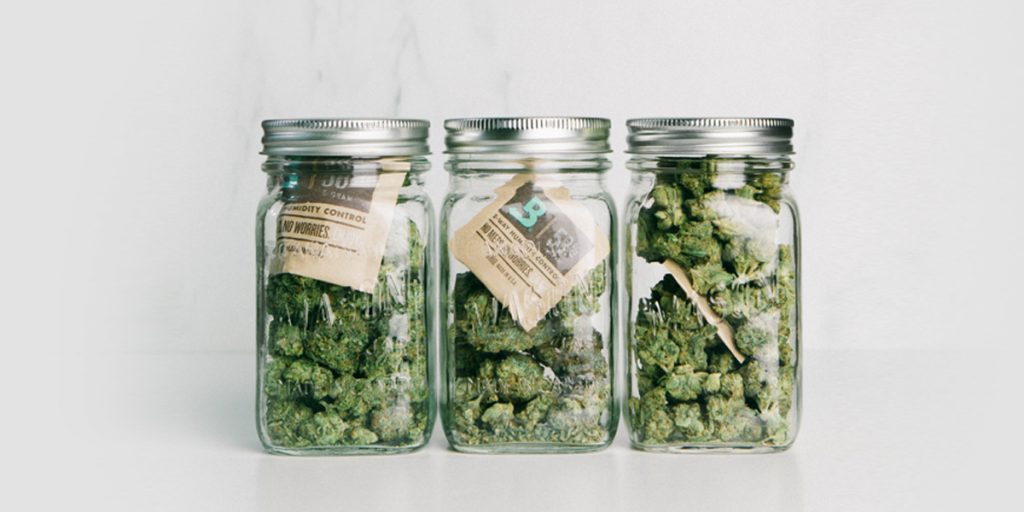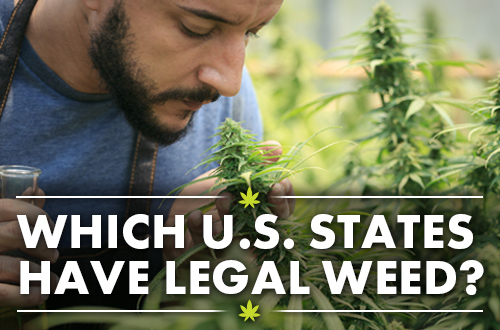Licensed producers of cannabis are facing a pivotal moment in history. As the legal industry takes off, consumers are looking for brands they can trust. So it’s critical for cultivators to offer a consistent, safe and effective product.

Cannabis standards keep product safe for both legal rec consumers and medicinal patients. And new regulations help growers refine and maintain best practices. Plus they encourage everyone to play by the same rules throughout the supply chain, from seed to satisfaction.
Adopting new standard operating procedures may be inconvenient in the short term. But new cannabis regulations also create opportunity for those passionate about the craft behind this healing plant. Employing best practices preserves a brand’s product and protects its reputation. When a customer knows she should come to you—and only you—for quality product, that builds brand loyalty. And that’s how you set yourself above the glut of LPs.
HOW EVAPORATION HURTS CANNABIS
Any good grower knows that buds must be dried post-harvest. It’s the overdrying of the cannabis flower that degrades product, destroys terpene and cannabinoid content and diminishes profits for the cultivator due to evaporation of moisture weight. So a careful grower must manage that relative humidity (RH) level wherever flower is present—in bins, bags, jars, stainless steel containers, packaging, etc.
In the pre-legal rec days, home growers blew through their yields, so storing cannabis long-term wasn’t really an issue. Legacy cultivators added citrus peels, tortillas, wet paper towels, etc. to revive flower after drying. These practices are neither safe (Mold, anyone?) nor precise. (Do you know how much moisture a banana peel gives out?) And using organic materials to revive cannabis isn’t practical for large-scale vertically integrated cultivators, packagers and dispensaries.
WHY SOME PRODUCERS INTENTIONALLY OVERDRY CANNABIS
Overdrying flower cuts its weight. A cultivator pays fewer taxes on a lighter yield. And since the THC ratio is based on weight, cultivators dry flower down to dangerous levels to increase its THC ratio. Then the producers revive the flower’s weight just before the sale.
The problem with this however, is that drying cannabis below 55% RH, destroys terpenes that can never be returned to the flower again. Also, manipulating cannabis weight for short-term gain, will likely result in more stringent government restrictions for everyone in the long-term.
Furthermore, this short term-ploy may not have as many short-term benefits as cultivators may think—they’re opening themselves up to the financial hit of moisture weight evaporation.
WHO BENEFITS FROM CANNABIS STANDARDS?
But the Evaporation Crisis isn’t just a problem for cannabis producers. It’s also an issue for labs that test and research cannabis. The federal prohibition of cannabis that curbed cannabis research also affected protocols for lab testing. Hard to gauge the medicinal effectiveness of cannabis when scientists are running experiments on overdry flower, yes?
Testing cannabis samples for compliance is required of cannabis producers and retailers in legal rec and medical markets. And those labs need guidelines for consistent testing methodology, including the proper water activity (aW) levels surrounding cannabis samples.
Water activity is the measure of “free” or “unbound” water present in something. “Free” water is water that’s available for reactions, more or less. One important measurement is where mold or bacteria can grow. This varies depending on the substance obviously, but when the water activity is below a certain threshold, mold can’t grow. Moisture content is related, but isn’t as reliable when it comes to determining when mold growth is possible.

THE FIRST GLOBAL CANNABIS STANDARDS
Enter ASTM International (formerly known as the American Society for Testing and Materials), a trusted standards resource across industries. ASTM was founded in 1898 to respond to the safety needs of the booming railroad industry. Nowadays, the organization releases industry standards for everything from “toys to jet fuel.”
In 2017, ASTM members created the first committee specifically for cannabis: Committee D37. This group’s job is to establish voluntary consensus standards for the cannabis industry. The committee comprises more than 290 active members from 12 countries. Non-industry experts, like chemical engineers, food scientists and biologists, join cannabis professionals, such as regulators, cultivators and retailers to establish the voluntary standards.
ASTM D8197 is the first global standard to address the water activity of cannabis and is one of the first two standards that have been approved by the cannabis committee in ASTM.

ASTM D8197: THE FIRST WATER ACTIVITY STANDARD FOR CANNABIS
- Establishes water activity (aW) as the standard for safe cannabis storage.
- Recommends all cannabis flower stay at an aW between 0.55-0.65. This is achieved by storing flower in a container at an RH level between 55%-65%.
ASTM JUST GAVE YOU THE ANSWERS TO THE HUMIDITY TEST
ASTM does not enforce its standards, participation is strictly voluntary. The organization provides standards, resources and training to help an industry establish best practices.
However, labs will likely rely on these water activity storage standards for cannabis for testing as well. So if a regulator checks your products for compliance and you also follow the ASTM standards, you’re golden.
Maintaining an RH level between 55% and 65% from curing all the way to consumption ensures your consumers will get a safe and effective product. Plus protects you from costly recalls and a damaged reputation.
Keeping buds between these humidity levels preserves the expertise you grew into your yield. And optimizes potency, efficacy, flavor, aroma and taste. When cannabis is stored at these proper humidity levels, flower also retains up to 15% more terpenes.

WHAT DO ASTM CANNABIS STANDARDS MEAN FOR YOUR BUSINESS & REPUTATION?
- TRANSPARENCY: You and those who handle your product employ high quality standards
- CONFIDENCE: Medicinal patients know product’s potency is protected
- BRAND LOYALTY: Customers will return to your brand because it’s safe and effective
WHY CANNABIS STANDARDS ARE IMPORTANT FOR THE OVERALL HEALTH OF THE ENTIRE INDUSTRY
- Keeps flower under 65% RH, which keeps cannabis safe from mold and recalls
- Promotes fair trade by weight and measures with well-hydrated cannabis
- Maintains consistent lab COA results across the industry
- Avoids risk of under taxation by state
“If you don’t have robust standards around cultivation, manufacturing, or distribution, you don’t really know what chain of events occurred prior to that product being identified as potentially adulterated,” Jeremy Applen, vice chair of D37 committee on cannabis, said.
In other words, if everyone along your supply chain doesn’t adhere to cannabis water activity standards, you won’t know what went wrong when.







